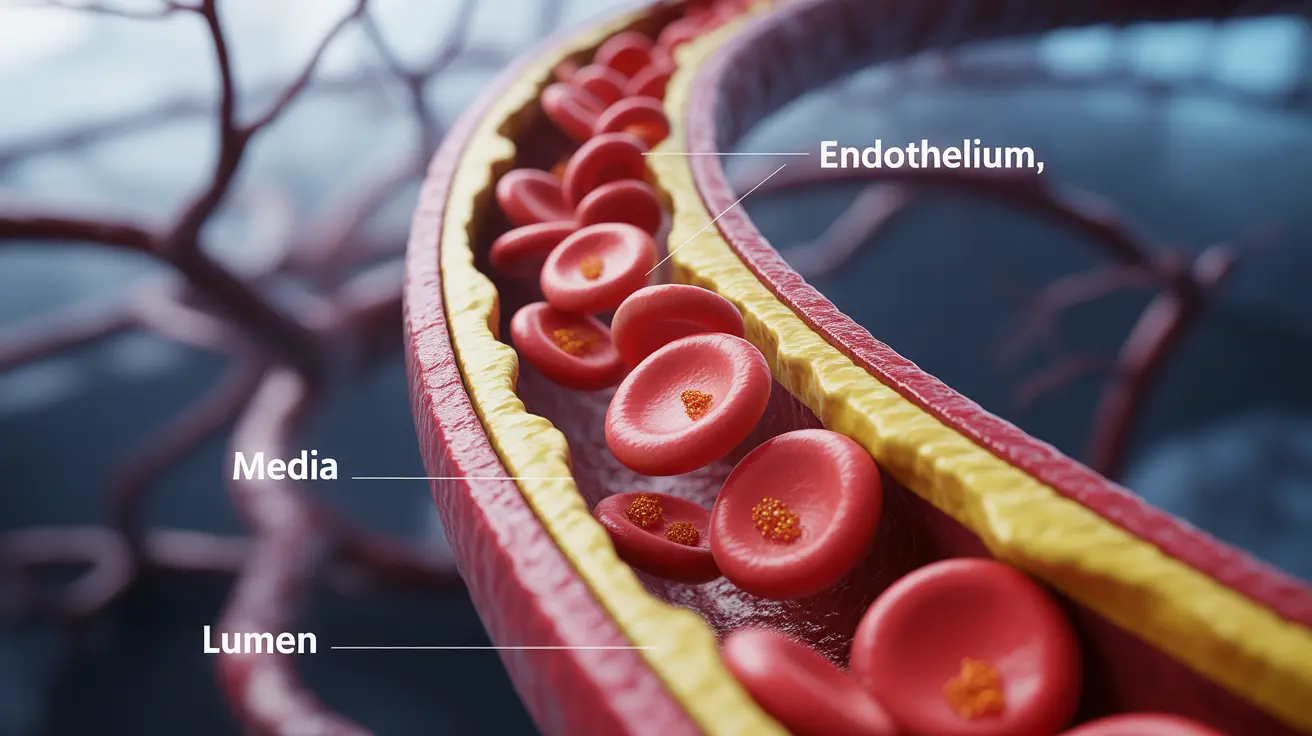Many people are surprised to learn that iron levels in the body might influence blood pressure readings. The relationship between low iron and high blood pressure (hypertension) is complex and continues to be studied by medical researchers. Understanding this connection is crucial for managing both conditions effectively and maintaining overall health.
This comprehensive guide explores the intricate relationship between iron deficiency and blood pressure, helping you understand the potential impacts, recognize important symptoms, and learn about proper management strategies.
Understanding Iron Deficiency and Blood Pressure
Iron plays a vital role in carrying oxygen throughout your body through red blood cells. When iron levels are low, it can affect multiple body systems, including cardiovascular function and blood pressure regulation.
Research suggests that iron deficiency might influence blood pressure through various mechanisms, including changes in blood vessel function and the body's stress response systems.
How Iron Affects Blood Pressure
Several factors contribute to the relationship between iron levels and blood pressure:
- Oxygen delivery to tissues
- Blood vessel function and elasticity
- Heart workload
- Stress hormone regulation
Recognizing Combined Symptoms
When someone experiences both low iron and high blood pressure, they may notice overlapping symptoms that require attention:
- Fatigue and weakness
- Dizziness
- Shortness of breath
- Headaches
- Irregular heartbeat
- Pale skin
Warning Signs to Watch
Some symptoms deserve immediate medical attention, especially when both conditions are present:
- Severe headaches
- Chest pain
- Extreme fatigue
- Vision changes
- Difficulty breathing
Management and Treatment Approaches
Managing both conditions requires a comprehensive approach that addresses both iron deficiency and blood pressure control:
Iron Supplementation
Iron supplementation should be carefully monitored and prescribed by a healthcare provider. The type and dosage of iron supplements can affect blood pressure management.
Blood Pressure Control
Blood pressure management may include:
- Medication adjustments
- Dietary modifications
- Regular exercise
- Stress management
- Regular monitoring of both conditions
Prevention and Lifestyle Changes
Several lifestyle modifications can help manage both conditions:
- Eating an iron-rich diet
- Maintaining a heart-healthy eating plan
- Regular physical activity
- Stress reduction techniques
- Adequate sleep
- Regular medical check-ups
Frequently Asked Questions
Can low iron or iron deficiency anemia cause high blood pressure? While low iron doesn't directly cause high blood pressure, it can contribute to cardiovascular stress and potentially impact blood pressure regulation. The relationship is complex and varies among individuals.
How are anemia and hypertension linked and does one increase the risk of the other? Anemia and hypertension can affect each other through various mechanisms. Anemia may increase heart workload, while hypertension can impact blood flow and oxygen delivery. Each condition can potentially complicate the management of the other.
What symptoms should I watch for if I have both low iron and high blood pressure? Key symptoms to monitor include unusual fatigue, dizziness, headaches, chest pain, shortness of breath, and irregular heartbeat. Any severe or sudden symptoms should be evaluated by a healthcare provider.
How is high blood pressure managed in people with iron deficiency anemia? Management typically involves treating both conditions simultaneously through medication, supplements, dietary changes, and lifestyle modifications. Treatment plans are individualized based on severity and specific patient needs.
Can treating iron deficiency help reduce high blood pressure or prevent complications? Treating iron deficiency may help improve overall cardiovascular health and make blood pressure easier to manage. However, both conditions typically require separate but coordinated treatment approaches.




